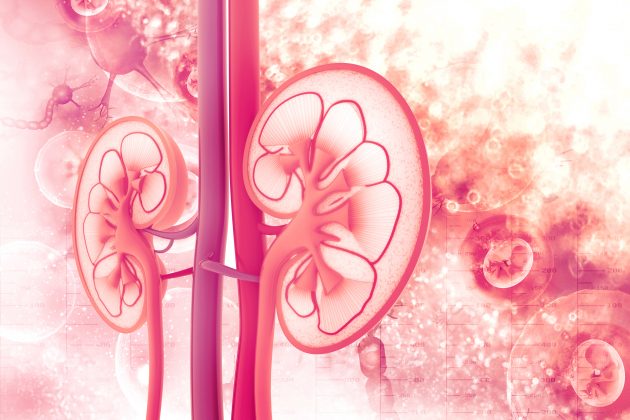NKF 2021 Spring Clinical Meetings
The strongest independent predictor of mortality in patients on hemodialysis is pre-dialysis hyperkalemia.1,2 To help inform clinical practice, researchers at AstraZeneca (Wilmington, Delaware, United States) conducted a study to update estimates of the prevalence of pre-dialysis hyperkalemia and the patient characteristics associated with higher hyperkalemia prevalence.
Results of the RE-UTILIZE study were reported by Abiy Agrio, PhD, at the NKF Spring Clinical Meetings 2021 during a virtual poster session. The poster was titled The Prevalence of Pre-Dialysis Hyperkalemia and Associated Characteristics among Hemodialysis Patients: The RE-UTILIZE Study.
RE-UTILIZE was a retrospective, observational analysis that used survey data from DOPPS (Dialysis Outcomes and Practice Patterns) and included data on hemodialysis patients in the United States who underwent in-center hemodialysis three times a week from 2018 to 2020. Included patients in the current analysis had at least one monthly potassium laboratory result within 1 year of enrollment.
The primary study objective was to define the prevalence of hyperkalemia (defined as first pre-dialysis serum potassium level >5.0 mEq/L) anytime over 1 year in all hemodialysis patients. The secondary objective was to identify patient characteristics associated with higher 1-year hyperkalemia prevalence.
The study included 9347 hemodialysis patients. Of those, 58% were men, 83% were ≥51 years of age, 56% first received hemodialysis at the DOPPS facility prior to 2018, and 64% had comorbid diabetes. Within 1-year of enrollment, the prevalence of any pre-dialysis hyperkalemia (serum potassium >5.0 mEq/L), moderate-to-severe hyperkalemia (serum potassium >5.5 mEq/L), and severe hyperkalemia (serum potassium >6.0 mEq/L) was 74%, 43%, and 17%, respectively.
In multivariate regression analysis, there were associations between female sex, Hispanic ethnicity, and younger age and higher rates of annual hyperkalemia prevalence. There were associations between recent (2018-2019) initiation of first dialysis at the facility, Black race, and cancer and lower rates of annual hyperkalemia prevalence.
In conclusion, the researchers said, “The prevalence of pre-dialysis hyperkalemia is relatively high, especially in females, younger patients, and those of Hispanic ethnicity. Therefore, considerations for hyperkalemia management during non-dialysis days will be important to improve patient care and address ethnic and racial disparities.”
Source: Agiro A, Duling I, Eudicone J, et al. The prevalence of pre-dialysis hyperkalemia and associated characteristics among hemodialysis patients: The RE-UTILIZE study [poster]. Presented at: National Kidney Foundation (NKF) SCM21; April 6-10, 2021; Poster 237. Accessed April 9, 2021. https://casehippo.com/spa/symposium/national-kidney-foundation-2021-spring-clinical-meetings/event/gallery/abstracts?abstractId=1796
References
- Montford JR, et al. J Am Soc Nephrol. 2017;28(11):3155-3185.
- Betts KA, et al. Curr Med Res Opin. 2018;34(6):971-978.
Credit: Original article published here.










